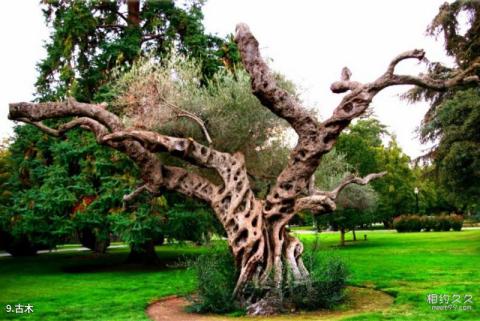
Scenic spot introduction:
Edo Castle was built in the mid-15th century and was named after it was the residence of the wealthy Edo family. It is a national "special historical site" designated by the Japanese government.Attractions distribution:
Edo Castle is located in Chiyoda District, the center of Tokyo, Japan. In its heyday, Edo Castle was about 5.5 kilometers from east to west and about 4 kilometers from south to south. It had two walls, with an outer perimeter of about 16 kilometers and a total area of 2.64 million square meters. , the castle has magnificent buildings, with 20 towers, 36 gates, and palaces such as the Honmaru, Ninomaru, Sannomaru, and Nishinomaru. The ancient city has gone through decades of vicissitudes, and the outer trench has basically been leveled. The only watchtowers are the "Sakurada Gate" and the "Fuji Gate", and the city gates are only the "Tian'an Gate", "Qingshui Gate" and "Sakurada Gate" remain the same. , Ninomaru, Nishinomaru and the five-story castle tower ceased to exist after being burned by fire. Only the inner trench made of huge stone walls remained intact. After the Meiji Restoration, the Imperial Palace was built on the basis of the Nishinomaru Palace in Edo Castle.Scenic spot features:
Cultural tours, heritage tours, historic sites, ancient citiesBest time to visit:
Spring and Autumn
Shopping recommendations:
Shibuya, Shiromiyayama and Aoyama are the three main gathering places for specialty street fashion stores in Tokyo. They are shopping paradises for young people composed of some popular stores. Shoes, cosmetics, accessories and small household appliances are the four hot spots for shopping in Tokyo.
Scenic spot location:
Asia>Japan>Tokyo City
Scenic area map:
Click to expand the scenic area map
Scenic area services:
Almost every restaurant in Tokyo will make wax samples of their main dishes, mark the prices, and put them in the window outside the store for customers to choose from.
Precautions:
Japanese taxi fares are calculated based on distance and travel time, so unexpected prices often appear in traffic jams. U-turns are also prohibited on many roads in the city, so unless you encounter an emergency or are sure there will be no traffic jams, it is best not to use a taxi. The starting fee is ¥540.





